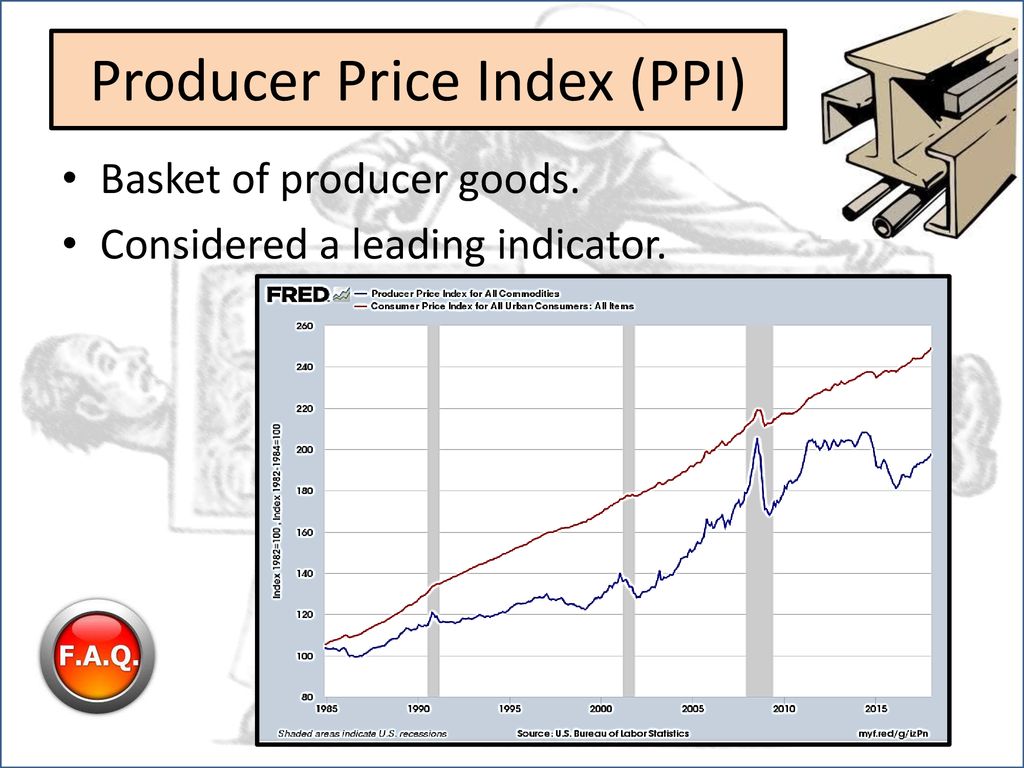
Ceteris Paribus: The Indispensable Role of "All Else Equal" in Economic Understanding
Economics, at its core, is about understanding how societies make choices when faced with scarcity. It’s a vast, complex field, often dealing with countless interacting forces. How do economists make sense of it all? How do they predict outcomes or formulate policies when the real world is constantly shifting? The answer, in large part, lies in a fundamental Latin phrase: Ceteris Paribus.
Often translated as "all else equal" or "other things being equal," Ceteris Paribus is not just a fancy academic term; it’s the bedrock upon which much of economic theory and analysis is built. For beginners, grasping this concept is like unlocking a secret door to understanding how economists think and why their models are so powerful, despite the messiness of reality.
What Exactly is Ceteris Paribus?
Let’s break it down:
- "Ceteris" comes from the Latin word "ceterus," meaning "the others" or "the rest."
- "Paribus" comes from "par," meaning "equal" or "on an equal footing."
So, Ceteris Paribus literally means "the others being equal."
Imagine you’re a scientist trying to figure out if a new fertilizer helps plants grow taller. You’d set up two groups of plants:
- Group A: Gets the new fertilizer.
- Group B: Gets no fertilizer (your control group).
To ensure your experiment is fair and accurate, you’d make sure everything else is the same for both groups: they get the same amount of sunlight, the same amount of water, the same type of soil, the same temperature, etc. If Group A grows taller, you can confidently say, "The fertilizer made the difference, ceteris paribus (all other growing conditions being equal)."
In economics, we can’t always conduct neat lab experiments. We’re dealing with millions of people, businesses, governments, and global events. Ceteris Paribus allows economists to create a "mental laboratory." It’s a crucial assumption that helps us isolate the relationship between two specific variables, pretending for a moment that all other influencing factors are held constant.
Why is "All Else Equal" So Crucial in Economics?
The world is dynamic, filled with countless variables that interact in unpredictable ways. Without Ceteris Paribus, economic analysis would be nearly impossible. Here’s why it’s so vital:
-
Simplifying Complexity: The real economy is incredibly intricate. Think about buying a cup of coffee. Its price is affected by the cost of beans, labor, rent, demand, competition, global weather, and even your mood! Ceteris Paribus allows economists to reduce this overwhelming complexity to a manageable level, focusing on one relationship at a time.
-
Isolating Cause and Effect: This is perhaps the most important function. Economists want to know: "If X happens, what will be the effect on Y?"
- If the price of a good changes, how does that affect the quantity people want to buy?
- If interest rates go up, what happens to investment?
By holding all other factors constant, Ceteris Paribus helps pinpoint the direct causal link between two variables, without confusing it with other simultaneous changes.
-
Building Economic Models and Theories: Economic models are simplified representations of reality. They use assumptions, including Ceteris Paribus, to illustrate how different parts of the economy interact. Without this assumption, it would be impossible to formulate the fundamental laws and principles that form the backbone of economics, such as the Law of Demand or the Law of Supply.
-
Making Predictions and Forecasts: While not perfect, economic models, built on Ceteris Paribus assumptions, help economists make educated guesses about future trends. For example, if a government wants to understand the likely impact of a new tax on a specific industry, they can model it by assuming other factors remain stable.
-
Informing Policy Decisions: Governments and policymakers rely on economic analysis to make informed decisions about taxes, regulations, interest rates, and more. Ceteris Paribus allows them to predict the intended effects of a policy by holding other factors constant, helping them weigh potential outcomes.
Ceteris Paribus in Action: Practical Examples
Let’s look at some classic economic principles where Ceteris Paribus is implicitly (and sometimes explicitly) used:
-
The Law of Demand:
- Principle: As the price of a good increases, the quantity demanded decreases, and vice versa.
- Ceteris Paribus Application: This law holds true assuming that consumer incomes, tastes, the prices of related goods (substitutes and complements), and consumer expectations all remain unchanged. If your income suddenly doubles, you might buy more of a product even if its price increases, thus violating the simple demand relationship if other factors aren’t held constant.
-
The Law of Supply:
- Principle: As the price of a good increases, the quantity supplied by producers increases, and vice versa.
- Ceteris Paribus Application: This is true assuming that the cost of production, technology, the number of sellers, and government policies (like taxes or subsidies) all remain constant. If the price of a good goes up, but so does the cost of the raw materials to make it, producers might not increase supply as much as expected.
-
Interest Rates and Investment:
- Principle: If interest rates fall, businesses are more likely to borrow money for investment (e.g., building a new factory).
- Ceteris Paribus Application: This relationship holds assuming that business confidence, expected future profits, and the overall economic outlook remain stable. If interest rates fall but businesses are very pessimistic about the future, they might not invest more.
-
Minimum Wage and Employment:
- Principle (simplified): An increase in the minimum wage might lead to a decrease in employment for low-skilled workers.
- Ceteris Paribus Application: This prediction is made assuming that other factors affecting employment (like consumer demand for goods, productivity changes, or automation trends) don’t change simultaneously. In reality, these other factors are often changing, making the actual impact complex and debated.
The Caveats and Challenges: When "All Else Equal" Isn’t Equal
While incredibly useful, it’s crucial to understand the limitations of Ceteris Paribus:
- The Real World is Dynamic: In reality, nothing truly remains "all else equal" for long. Economic variables are constantly interacting and influencing each other. An economist might analyze the effect of a tax increase ceteris paribus, but in the real world, consumer confidence might also shift, or a new technology might emerge, changing the actual outcome.
- Oversimplification: While simplification is the goal, relying too heavily on Ceteris Paribus without acknowledging other factors can lead to an incomplete or even misleading understanding of complex issues.
- Unforeseen Variables: Sometimes, an economist might assume certain factors are constant, only to discover later that another, previously overlooked variable had a significant impact.
- Difficulty in Empirical Testing: Because we can’t truly hold everything else constant in the real world, it’s often challenging for economists to empirically "prove" a Ceteris Paribus relationship with perfect certainty. They rely on sophisticated statistical methods to try and isolate variables as much as possible.
Beyond the Textbook: Ceteris Paribus in Everyday Thinking
You actually use the concept of Ceteris Paribus in your daily life, perhaps without even realizing it:
- Budgeting: "If my income stays the same, and I reduce my coffee spending, I’ll have more money for savings." (You’re assuming other expenses don’t suddenly jump, and your income doesn’t change.)
- Dieting: "If I eat fewer calories, I’ll lose weight." (You’re assuming your exercise level, metabolism, and other health factors remain consistent.)
- Choosing a Route: "If traffic is normal, this route will be faster." (You’re assuming no accidents, road closures, or sudden influx of cars.)
In each case, you’re making a prediction based on isolating one key variable and assuming other factors remain constant.
Conclusion: A Powerful Tool, Not a Perfect Mirror
Ceteris Paribus is not a claim that the world is simple, but rather a methodology that allows us to make sense of its complexity. It’s an indispensable intellectual tool for economists, enabling them to:
- Break down intricate problems into manageable parts.
- Identify fundamental cause-and-effect relationships.
- Develop coherent theories and models.
- Provide valuable insights for policy formulation.
For anyone beginning their journey into economics, understanding Ceteris Paribus is foundational. It teaches you to think critically, to ask "what else might be changing?" and to appreciate that economic predictions are often contingent upon a set of assumptions. It’s the mental equivalent of zooming in on one piece of a vast, moving puzzle to understand its specific function before zooming out to see the whole picture. Without "all else equal," economics would truly be a bewildering, impenetrable mystery.




Post Comment